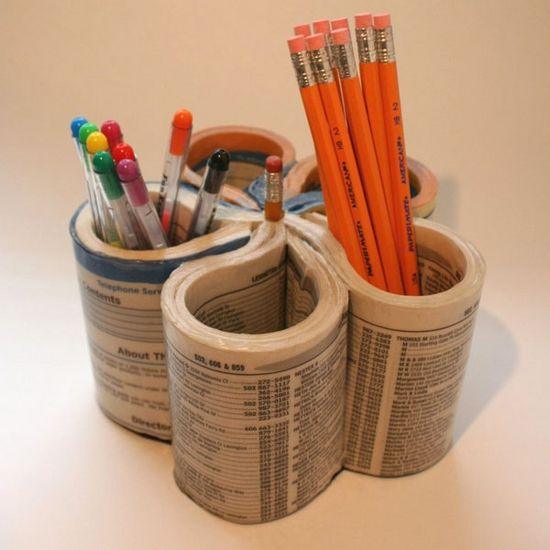FEATURED POST
- Get link
- X
- Other Apps
UPCYCLING - A WAY TO GENERATE IP
For many years recycling had been a big deal; However, Off late the word Upcycling has taken its place. Upcycling is a new and better way to treat trash and waste. It is nothing but upgrading the junk into new and useable products. In other words, reuse (discarded objects or material) in such a way as to create a product of higher quality or value than the original.
Having explained what Upcycling is, my concern
is the immense potential for generation of Intellectual Property that Upcycling
offers.
"The opportunity to upcycle trash, or turn it into new products, is vast"
Upcycling, also known as
creative reuse, is the process of transforming by-products, waste materials,
useless and/or unwanted products into new materials or products of better
quality or for better environmental value. By Upcycling a waste product, you
are giving it a new identity; for example waste water bottles, soft drink
bottles, empty jam jars, old fabric etc., can be made into completely new
products with no trace of the earlier identity.
This new products are new
intellectual property created and shall be protected using different
intellectual property rights. One of the industries where Upcycling is common
is fashion industry and interior décor. Mostly such products exhibit artistic
craftsmanship. Therefore, qualify for protection under copyright law. Moreover,
if a business is started naturally trademarks and branding come into play.
Sometimes even a design registration of a product is possible.
Should Upcycling be taken
seriously, revenue is sure to come. The potential for developing without any
major investment is what is lucrative in this field. This justifies that
age-old proverb “Old is Gold”. Turn your old stuff into Gold by creating
different Intellectual Properties.
- Get link
- X
- Other Apps





